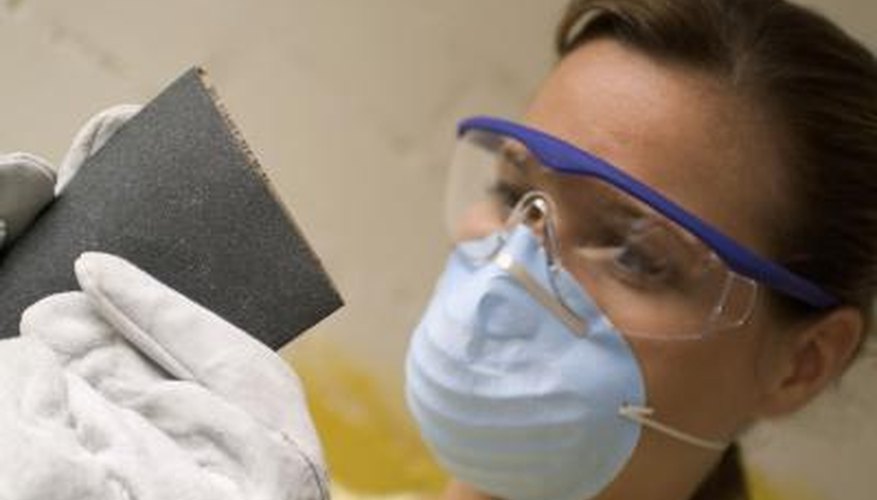Engraving is the process of carving lines into metal. Engraved designs cannot be erased. Although the process of removing engraving requires little skill to learn, it is very time consuming to remove engraving. Depending on the depth of the silver, engraving can be removed. With patience and persistence you can remove engraving from your silver jewellery, silverware or other household goods.
Check to be sure the engraved silver is sterling silver and not silver-plated. United States law and the law of many countries require that sterling silver be stamped indicating it is sterling. Look for a stamp on the item that reads "sterling," "ster." or "925" as these stamps indicate the item is sterling silver. Silver plated items may be stamped with the name of the manufacturer but that should not be confused with the silver content stamps.
- Engraving is the process of carving lines into metal.
- Silver plated items may be stamped with the name of the manufacturer but that should not be confused with the silver content stamps.
Put on a dust mask to protect your lungs from dust when sanding the silver. Put on safety goggles to protect dust from getting into your eyes.
Use 220-grit wet/dry sandpaper and begin to sand away the engraving using a circular motion. Continue to sand until there is no more engraved design.
Remove the scratches from sanding by using increasingly finer grits of wet/dry sandpaper. Begin with 400-grit sandpaper. Sand in one direction. Switch to 600-grit sandpaper and sand in a perpendicular direction to the direction you sanded when you used the 400-grit sandpaper. Switch to 800-grit sandpaper and changed direction again so you are now sanding the same direction you did when you sanded with the 400-grit sandpaper.
- Put on a dust mask to protect your lungs from dust when sanding the silver.
- Switch to 600-grit sandpaper and sand in a perpendicular direction to the direction you sanded when you used the 400-grit sandpaper.
TIP
Use a rotary tool to sand faster.
WARNING
Do not sand silver plate or you will sand away the silver plating. Very old items may be sterling silver and not be stamped if they were made before the law was put into place or made in a country that does not require quality stamping. Some chemical or mechanical methods for checking whether the item is sterling silver or plated may damage the item if the item is silver plated since the test may remove the plating in the spot where the item is tested. Take care when sanding that you do not disturb any other designs you do not want to remove.
